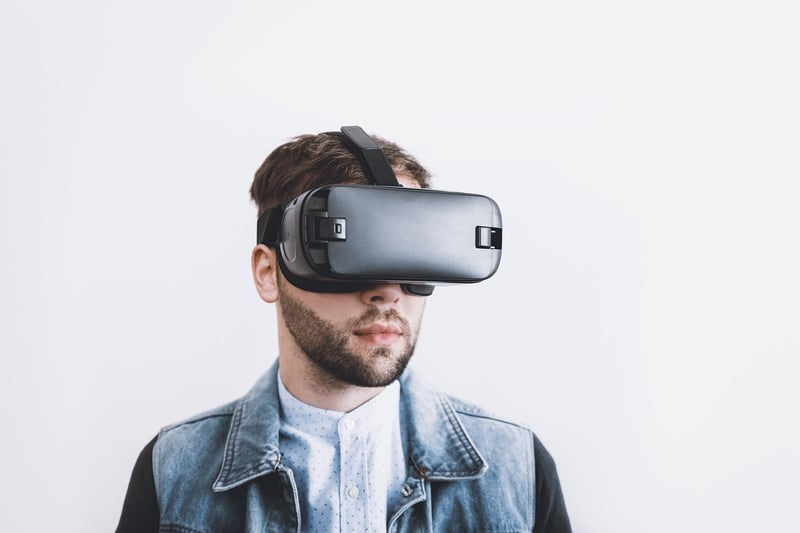Futuristic Gadgets
Tools for Temporal Exploration and Futuristic Gadgets
Introduction
Time travel has fascinated humanity for centuries, inspiring countless works of science fiction. While time travel remains a theoretical concept, there are tools for temporal exploration that allow us to delve into the past and future in unique ways. Additionally, the realm of futuristic gadgets offers a glimpse into how technology may shape our lives in the years to come.
Tools for Temporal Exploration
Temporal exploration tools enable us to study history, simulate the future, and contemplate the nature of time itself. Here are some intriguing devices:
1. Chronovisor
The Chronovisor is a hypothetical device described by Father Pellegrino Ernetti, an Italian priest and scientist. It is said to be capable of viewing events from the past by detecting and decoding residual electromagnetic radiation.

2. Time Telescope
The Time Telescope is a conceptual device that uses advanced algorithms to analyze historical data and create visual representations of past events. It offers a unique perspective on historical narratives.

Futuristic Gadgets
The world of futuristic gadgets is filled with innovative technologies that promise to revolutionize how we live and interact with the world around us. Here are some cutting-edge devices:
1. Holographic Displays
Holographic displays create three-dimensional images that appear to float in space. These futuristic gadgets have applications in entertainment, education, and even medical imaging.

2. Neural Implants
Neural implants are devices that interface directly with the brain, offering enhancements to memory, cognitive abilities, and even sensory perception. While still in development, they hold great potential for the future.

Conclusion
From tools that allow us to explore the mysteries of time to gadgets that push the boundaries of human capability, the worlds of temporal exploration and futuristic technology continue to captivate our imagination. While we may not have fully functional time machines or brain-computer interfaces just yet, the possibilities they represent are both exciting and thought-provoking.
